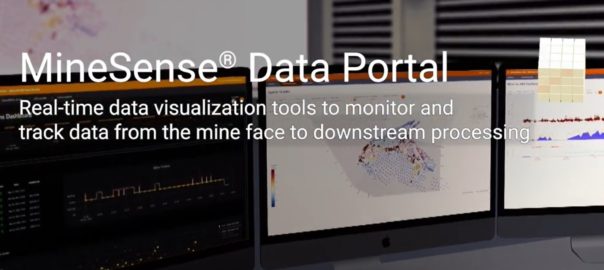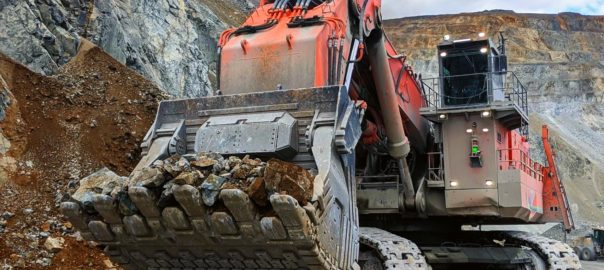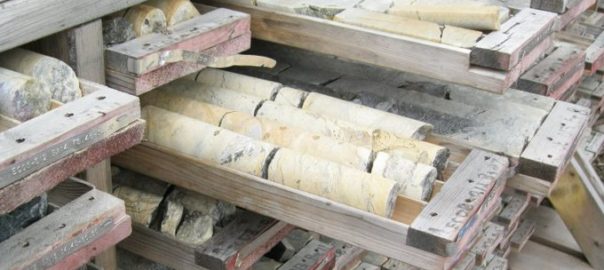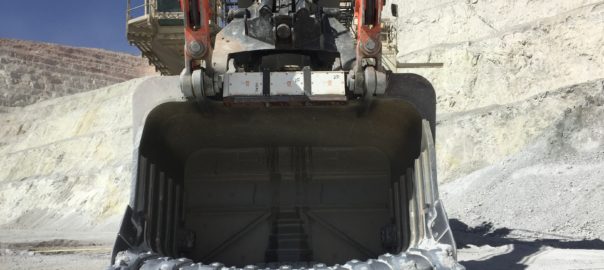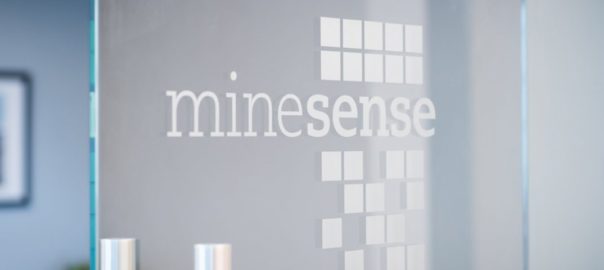MineSense Technologies Ltd has launched the MineSense Data Portal, a groundbreaking platform that, it says, leverages real-time data from ShovelSense® and BeltSense® to empower mining operators with data-driven insights for mine-to-mill optimisation.
The MineSense Data Portal is a powerful digital platform that enables access to real-time data generated by ShovelSense and BeltSense at critical points in the ore processing value chain. Along with interactive features for visualising and analysing data, the data portal provides actionable insights that mining personnel can use to optimise their entire operations – from extraction at the mine face to downstream processing in the flotation circuit.
Copper Mountain Mine, as an early adopter, had the opportunity to evaluate the MineSense Data Portal, benefitting from the combined power of ShovelSense and BeltSense systems. The mine, located in British Columbia, leverages both ShovelSense and BeltSense applications across the site.
Rudolph Botha, Senior Geologist at Copper Mountain, said: “MineSense is a leader in material tracking and live material analysis, from shovels to belts. I don’t believe there’s anything in the market that matches [the MineSense Data Portal’s] capabilities in terms of tracking grades and accurately monitoring material.”
Jeff More, President and CEO of MineSense, said: “The MineSense Data Portal empowers mining operations to maximise the value of real-time data generated by our ShovelSense and BeltSense technologies, offering the mine enhanced visibility to optimise end-to-end operational processes and unlock their full potential.”
Frank Hoogendoorn, Chief Data Officer at MineSense, added: “MineSense is committed to helping mines in their digital transformation journey by not only providing completely new datasets for process optimisation, but also in providing advanced tools to fully unlock the value of those datasets. We’re excited that the new data portal gives mine operators far greater visibility into their mill feed and is packed with features that help them make more informed decisions to improve both profitability and sustainability.”
Key features of the MineSense Data Portal highlighted by the company include:
- Real-time tracking of grades from digger buckets, trucks and conveyor belts
- Summary of trucks redirected by ShovelSense
- System availability monitoring and spare parts inventory
- Three dimensional visualisations of bucket and truck grades for mine planning insights
- Ore tracking dashboard of ShovelSense and BeltSense grades and material types for mill process optimisation; and
- Customised layout tailored to each unique mine.







